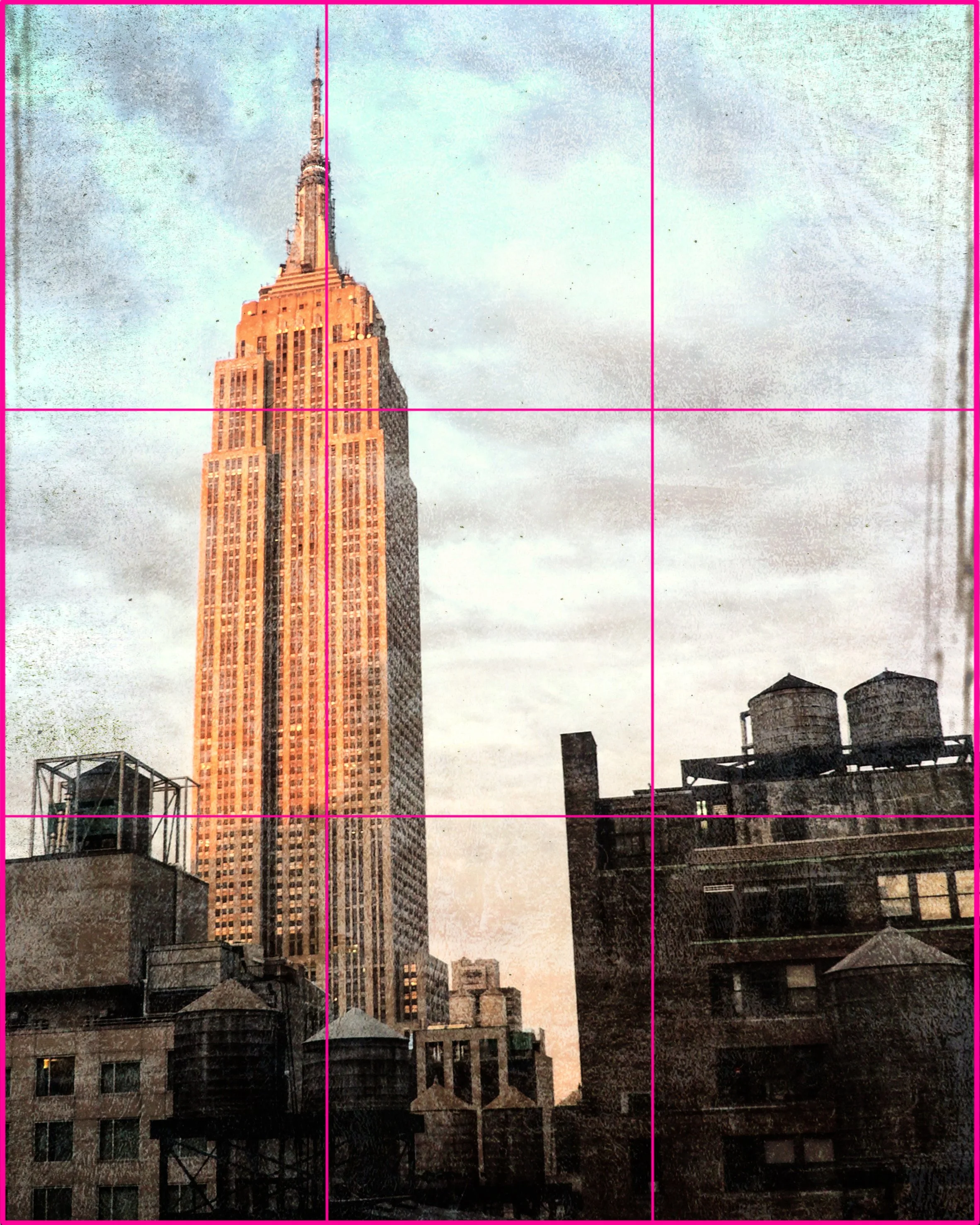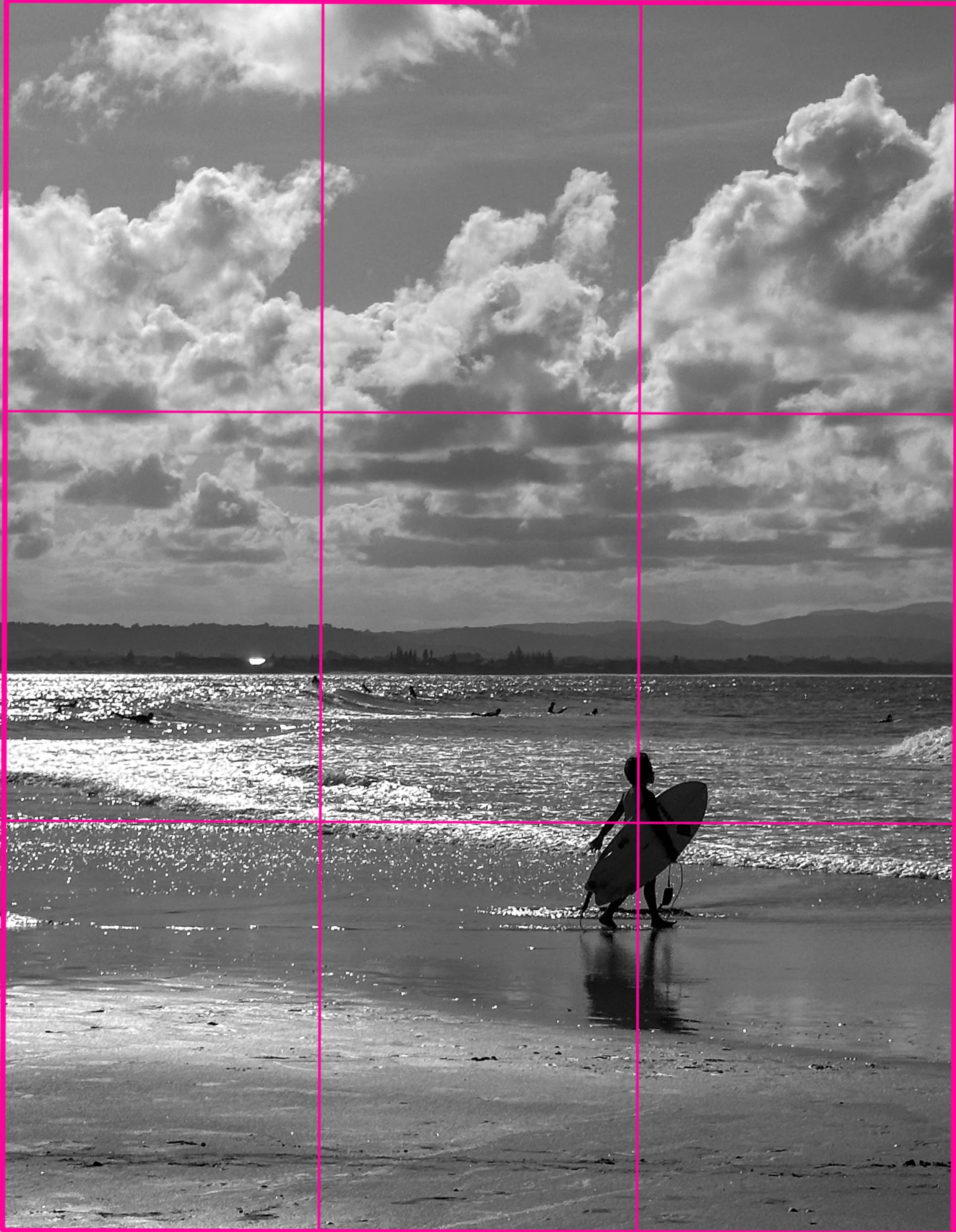Creating Magic: Essential Photography Tips for Better Phone Images
How to take great images with the camera you always have with you—your phone!
I love working with my pro level cameras, but when I travel, I also really enjoy the challenge of using my iPhone to create stunning images wherever I am. Our phones have so many features that can help you, and with a little extra knowledge, you can use yours to make the magic happen wherever you happen to find yourself next! Photography isn't just about having the right tools—it's about developing an eye for detail and understanding how to translate what you see into a compelling image. Whether you're a beginner or looking to refine your skills, these fundamental techniques will help elevate your phone photography to the next level. This post will be part of an ongoing series that will focus on everything from composition to little known features that can unlock great images.
Mastering composition techniques that transform ordinary scenes into captivating visual stories. Begin by enabling the grid and level features in your camera's settings (usually found on the iphone in settings/camera/composition section) to provide helpful guidelines while shooting.
Rule of Thirds
The rule of thirds—placing key elements along imaginary lines that divide your frame into nine equal parts—creates balance and visual interest that naturally guides viewers through your image. This simple yet powerful principle helps you move beyond centered subjects for more dynamic compositions. It’s not the only way to compose an image, but it’s a great place to start thinking about how you see the world through the lens of your camera.
This young surfer on Australia’s Gold Coast is positioned at one of the intersections of the grid called “power points”.
Leading Lines
Incorporate leading lines such as roads, fences, or architectural elements to draw the viewer's eye toward your main subject, creating a sense of depth and direction that makes two-dimensional photos feel more immersive.
This fence on the shore in Cape Cod guides your eye through the image.
The surf at the water’s edge in Virginia Beach is another leading line.
Foreground Elements
Don't overlook the importance of foreground elements; including interesting objects in the near field adds layers, depth, and perspective to your images, transforming flat scenes into rich, three-dimensional experiences.
The fence on camera left provides an interesting foreground element to add depth and dimension to your images.
Natural Frames
Finally, look for natural frames within your environment—doorways, arches, tree branches, or rock formations—that can surround your subject, adding context while subtly directing attention exactly where you want it. These framing elements create images within images, adding sophistication to your composition while helping isolate and emphasize your subject.
Chihuly glass provides an excellent frame for the Space Needle in Seattle.
The secret cave at the end of Soldier’s Pass Trail in Sedona creates a frame for this lovely hiker and the view beyond.
The Art of Seeing Differently
Mastering composition isn't just about following rules—it's about training yourself to see the world through a photographer's eyes. As you practice these techniques with your phone, they'll gradually become second nature, allowing your creativity to flow more intuitively. Remember that while these principles provide valuable guidance, the most compelling images often come from knowing when to follow them and when to deliberately break them for artistic effect. Take time to study photographs you admire, analyzing how composition choices contribute to their impact. Challenge yourself to photograph familiar subjects using different compositional approaches, and you'll discover how dramatically your perspective can transform ordinary scenes into extraordinary images. The true magic of photography lies not just in documenting what's in front of you, but in revealing how you uniquely see the world—and thoughtful composition is your most powerful tool for sharing that vision with others.
For more tips to take your phone photography from good to great,
stay tuned for future segments in the coming months!









